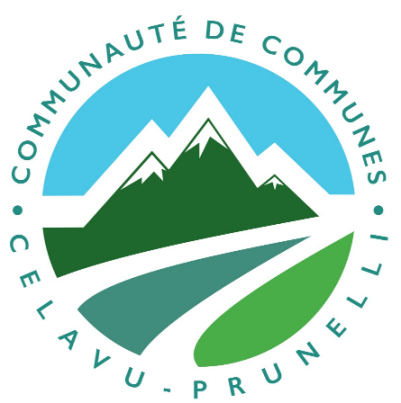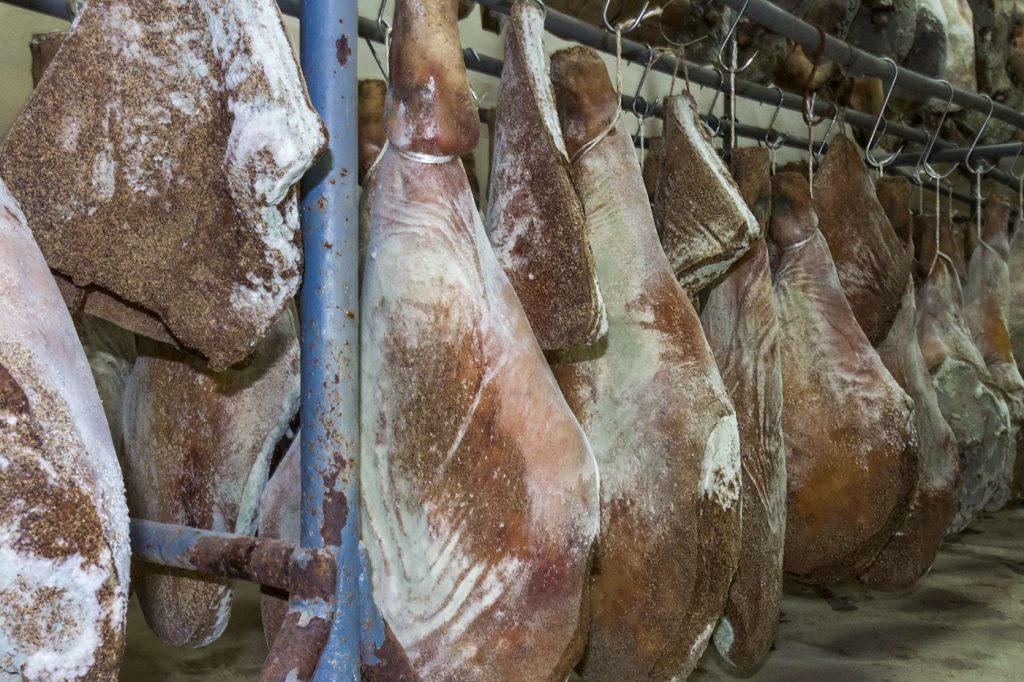Charcuterie
An ancestral culture
What makes Corsica's charcuterie exceptional?
The pigs are fed exclusively on acorns and chestnuts and raised in semi-freedom. The animal, the producer and the know-how are in total adequacy with the nature, the tradition and the territory.
Each region has its own manufacturing secrets.
A typical Corsican delicacy? It would be “charcuterie”.
The corsican pig is called “Porcu Nustrale” and its breeding is an ancestral tradition. The pigs are fed exclusively with acorns and chestnuts, and bred in semi-captivity. Its most known products, coppa, lonzu, prisuttu, and sausage can be found in every Corsican market in the summer. The Figatellu, one of the most famous products, is found between november and april.
Lonzu: With a minimum of 3 months of age before tasting, it is characterized by light and fresh aromas, a sweet taste, a slight unctuousness and a firm and dry texture. When sliced, it has a red, marbled muscle and a layer of covering fat.
Coppa: With its deep red color and marbled, a good unctuousness, a dry texture and a very visible intermuscular fat.
Prisuttu or dry-cured ham: It is one of the most popular products. Salted with dry sea salt without additives, it must rest for at least 12 months before it can be eaten in thin slices or shavings.
Other products complete the range of cured meats such as sausage, panzetta or figatellu, another flagship product.
The figatellu is made of pork liver meat. U-shaped, it is more or less smoked over a wood fire. It is eaten fresh from November to April, when the pigs are killed and dry throughout the year.

